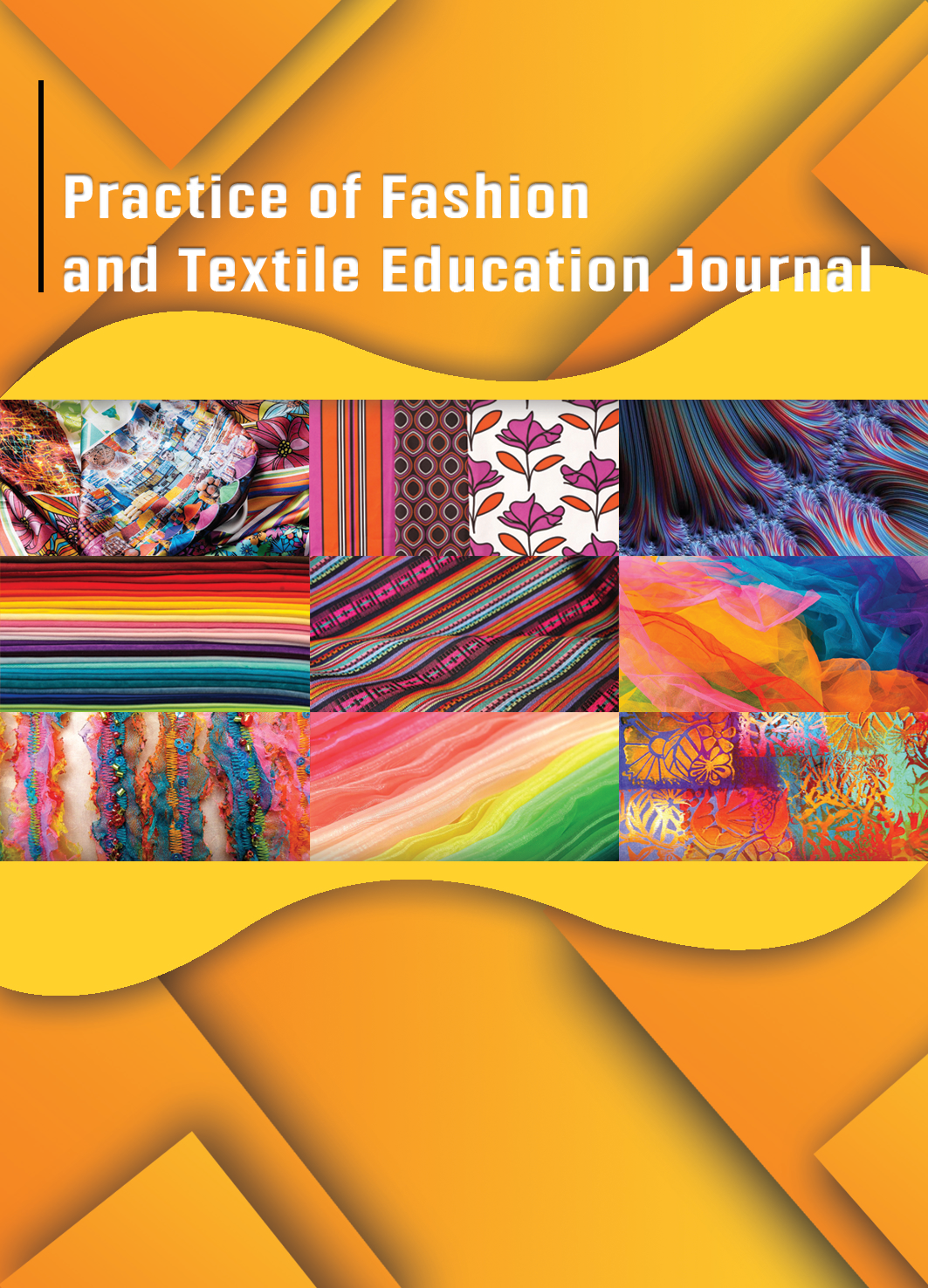DAYA TERIMA BUSANA SEKOLAH BERDASARKAN ESTETIKA DAN ERGONOMI
Studi Kasus: Remaja Disabiltas Tunadaksa Cerebral Palsy Dengan Hambatan Fisik
DOI:
https://doi.org/10.21009/pftej.v1i1.21590Keywords:
Busana Disabilitas, Cerebral Palsy, Hambatan FisikAbstract
This study aims to determine how the acceptance of school clothing which is focused on upper clothing in accordance with the needs of persons with limb disabilities cerebral palsy with physical barriers based on aesthetic and ergonomic judgments. The research was conducted at Yayasan Pembinaan Anak Cacat, Jakarta, with 4 students with disabilities with cerebral palsy who were grouped into 3 types based on topography or the number of disabilities in the body. The research method used is descriptive qualitative with a case study research approach. This research was conducted by making 6 clothing products with cotton and loose clothing concepts and combining the application of a flat collar, a semi-straight collar with laced sleeves, raglan sleeves and combination lacing sleeves. The data collection procedure was carried out through the stages of field observation, interviews and documentation. The results of this study indicate that this form of loose clothing is in accordance with the conditions and needs of cerebral palsy students with physical obstacles. From the elements of form, texture, harmony and balance of this outfit, it fulfills the aesthetic assessment of the fashion. In addition, the ergonomics principle based on usability, safety, comfort and flexibility of movement of all components in this design meet the requirements, especially the use of velcro and buttons with a diameter of 1.5 cm which can help the ability to independently dress and train fine motor skills for people with cerebral palsy with physical disabilities.
Downloads
Published
How to Cite
Issue
Section
License
 Practice of Fashion and Textile Education Journal this site and metadata is licensed under a Creative Commons Attribution-NonCommercial-ShareAlike 4.0 International License
Practice of Fashion and Textile Education Journal this site and metadata is licensed under a Creative Commons Attribution-NonCommercial-ShareAlike 4.0 International License



